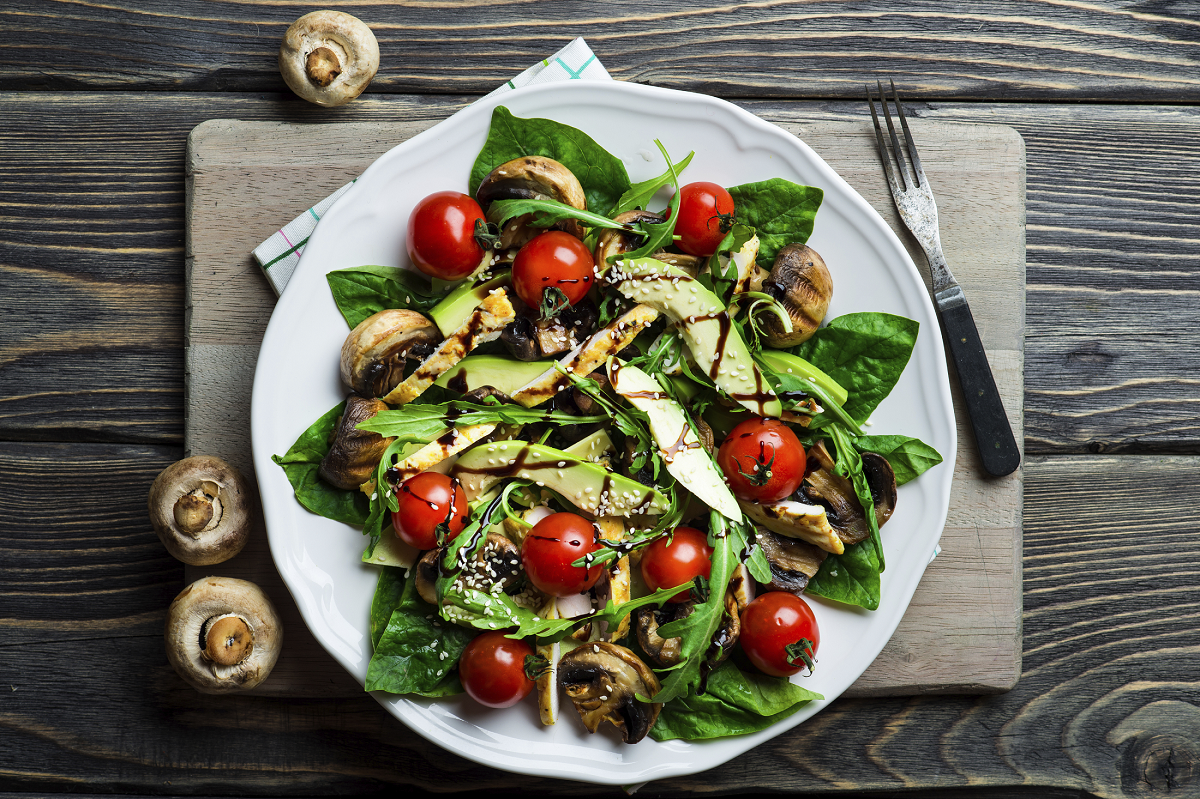Healthy Foods to Eat
Healthy Foods To Eat
Healthy foods to eat sounds simple enough at first glance: eat your vegetables, opt for lean meats, skip harmful vegetable oils; however, choosing what to cook for dinner every evening can be a challenge from time to time. Trying to cook nutritiously can add stress and difficulty. It can be all too easy to come home and throw pasta on the stove, or order a pizza. So how can we choose healthy foods to eat that don’t require a Michelin quality chef to be at our beckon call?
Let’s take a look at a handful of protein sources, specifically, meat! Variation throughout the day can lead to a healthier body by delivering a complete set of amino acids. Here are some of our go-to sources:
1. Chicken and White Fish
A tricky protein to cook, many first-time chefs will find that their final product will resemble a foam mattress more than delicious chicken! When preparing a lean meat like chicken or white fish, be sure to take the time to properly season, or marinate, ahead of time before cooking.
Grilling is a great option for this source, as the grilling process can initiate a process known as the Maillard Reaction. This is a pseudo-caramelization process that reduces amino acids to sugars. The conversion is negligible for calories-from-sugar sake, and the flavor is second to none!
2. Beef
Next in line is a fatty meat, so it is much easier to prepare (and vastly more flavorful at that). The fat content in beef makes it a much more forgiving protein to cook. As such, we’ll go over a handful of our favorite methods to cook this product
3. Eggs
Not much needs to be said about the venerable chicken egg. They’re great scrambled, over easy, hard boiled, soft boiled, the list goes on! The trick to cooking a great set of scrambled eggs is to not overcook them. When you finish cooking, there should still be a sheen on them. Lose the sheen and you should prepare for a dry, rubbery protein!
4. Salmon
Unlike beef, this fatty meat is very difficult to prepare properly. The issue is two-fold:
1. Freshness
Unless you live on the coast, chances are good your fish has been out of the sea, and frozen long before it reaches your table. This can cause that offensive fishy stench even if prepare properly. There is no marinade that will fix this!
- Overcooking
Like chicken, overcooking salmon will lead to a dry, tough piece of meat. It can be impossible to choke down unless you chase it with a gallon of water or other liquid.
To combat these issues, be sure to get your salmon FRESH, and wild caught from the United States. Most countries do not regulate where your fish comes from, and even in the U.S., it can be difficult to determine a good source since recent regulations no longer require vendors to inform you whether the fish were farm raised or wild caught. Long story short, it’s a BIG deal and these conditions are not negotiable!
Next, let’s move on to our preferred source of CARBOHYDRATES
1. Jasmine/Basmati Rice
Notice we didn’t say white rice! Standard white rice is tasteless, and is undeserving of a spot on our list. Instead, opt for exotic rices such as Jasmine or Basmati. All major grocery stores carry at least one of these variations, and typically both. They are both aromatic, and flavorful. A sure-fire way to keep you excited for your food!
We HIGHLY recommend using a rice cooker or pressure cooker to prepare your rice. They’re absolutely fool proof. Add rice, add water, and walk away. Simple as that. Perfect rice, every time!
2. Potatoes
Potatoes are a great addition to this list. Like eggs, there are a massive number of ways to prepare your potatoes. Boiled, baked, microwaved, pressure cooker, crock-pot, etc.
Not only that, you can opt for an even greater variety of potatoes. Russet, sweet, red, yellow…the list goes on!
A word of caution: Baked sweet potatoes are not a complex carbohydrate, they’re literally a giant pile of sugar. The sugars caramelize and resemble table sugar more than a potato, so keep that in mind.
3. Bread
*GASP*, we know, we’re breaking the cardinal rule of every diet you’ve ever come across. “Bread is the devil!”
Like most things in life, there are rarely valid “absolutes” that you can follow. Consuming wheat products is not one of them. Unless you are allergic to gluten, or have celiac disease, wheat can be a good source of carbohydrates for your body.
Be forewarned, you need to be overly critical of the ingredients list on your bread products. Choose only products that are entirely organic, and ideally, are covered in “bird seed”. You know the kind I’m talking about! Like sweet potatoes, consider this carbohydrate a simple source, and thus relegated to post workout meals.
4. Oatmeal
We have added oatmeal to the list reluctantly, for one reason. Oatmeal is bland. Cardboard bland, you could eat the box it came in, and chances are you wouldn’t be able to tell the difference. The majority of foodies cannot stomach plain oats, and need to add in some kind of sweetener, or even those dreaded flavored packets. The flavored packets are RIDDLED with table sugar, and should be avoided at all costs. There are a number of low-sugar options that utilize sweeteners, but even those still have a certain portion of plain sugar.
Instead, we recommend using a handful of your favorite berries. Blueberries and strawberries can be a great addition. Buy the frozen bags and you won’t have to fork out heaps of cash required for the fresh ones!
Join us for our a Fit for FALL 6 Week Challenge and let's get in shape this FALL!
This bundle is designed for anyone looking to trim any remaining excess body fat for a lean fit physique.









